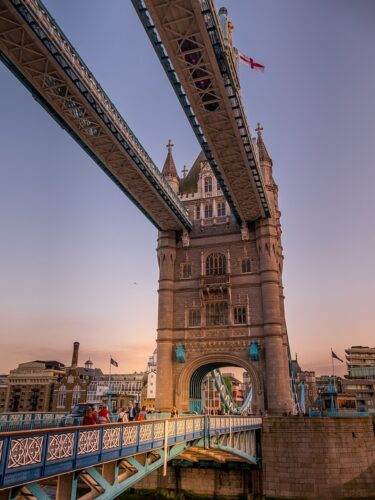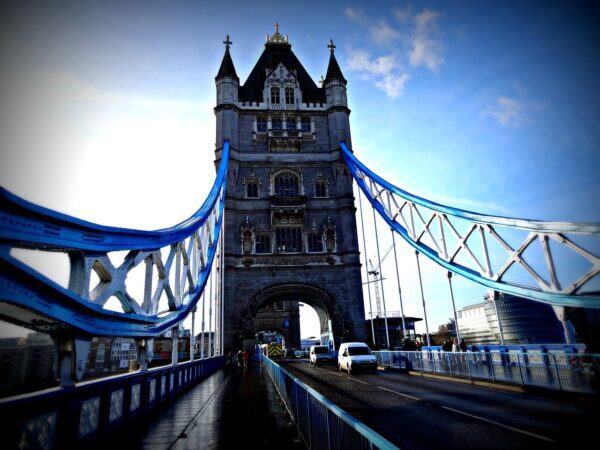Tower of London
Crossing over to the north side again & heading east & parallel to the Thames we leave Southwark & London Bridge behind until we reach our last destination. The UNESCO World Heritage site of the Tower of London was initially built by Norman William the Conqueror as a stronghold to safeguard against the fickleness of the huge and fierce population of London.
It is not clear exactly when work started on the Conqueror’s White Tower or precisely when it was finished but the first phase of building work was certainly underway in the 1070s. By the year 1100, the White Tower of the Castle which eventually gave its name to the entire structure was complete. Nothing quite like it had ever been seen in England before.

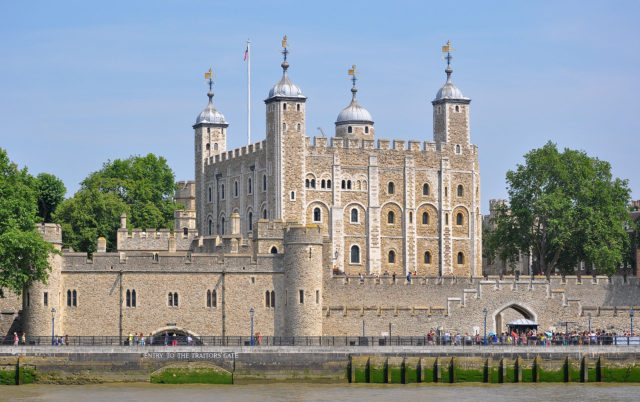
The building was immense, at 36m x 32.5m (118 x 106ft) across, and on the south side where the ground is lowest, 27.5m (90ft) tall. The Tower dominated the skyline for miles around. As an administrative center during times of peace and refuge in times of crisis, the Tower’s fortifications were updated and expanded by the medieval kings of London.
A series of consecutive building sprees ensured that by about 1350, the Tower was transformed into the formidable fortress we see today.
These building works started in the reign of Richard the Lionheart (1189-99), continued under Henry III (1216-72) & mostly concluded by Edward I (1272-1307).
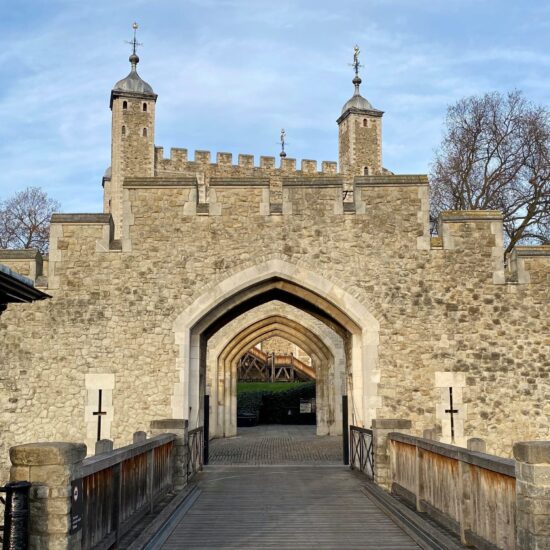
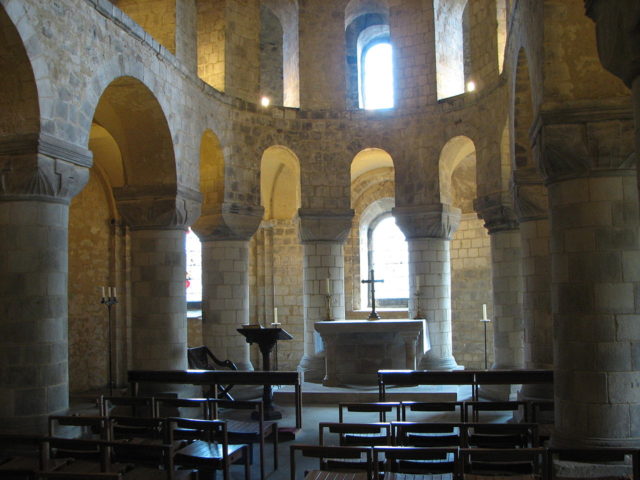
Besides being the most important stronghold of the city with its control being a prerequisite for any aspiring or governing ruler, the tower mainly served as a prison with its cells confining many of the leading figures of British history during their fall from grace.
The tower played the part of the Royal Mint from the time of King Edward I (1272-1307) up until the 19th century. After 1660 the Tower’s use as a state prison declined and instead it became the headquarters of the Office of Ordnance (which provided military supplies and equipment).
Most of the castle was taken over by munitions stores and offices. At the beginning of the 19th century, the Tower’s historic institutions departed. An increasing interest in the history and archaeology of the Tower led to a process of ‘re-medicalization in an attempt to remove the unsightly offices, storerooms, taverns, and barracks and restore the fortress to its original medieval appearance.
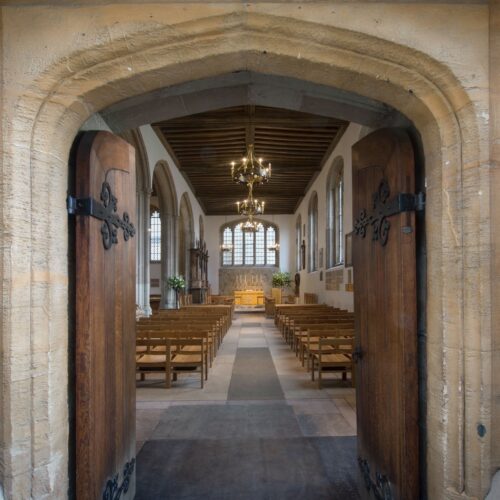
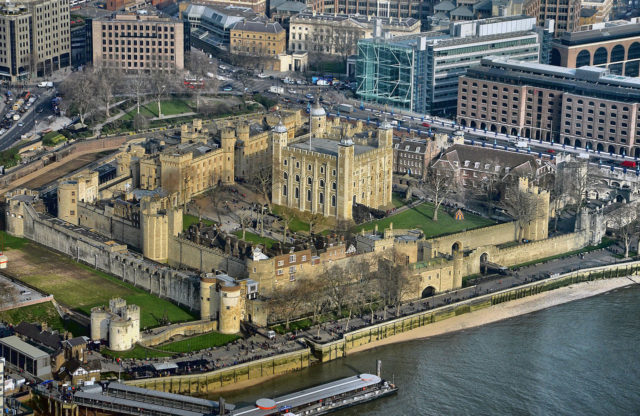
The way the Tower looks today is largely thanks to a 19th-century fascination with England’s turbulent and sometimes gruesome history.
Today the visitor can marvel at the spectacular display of the Crown Jewels, part of the Royal Collection and still regularly used by the Queen, including some of the most extraordinary diamonds in the world & the magnificent Royal Armouries collections, including the 300-year-old exhibition Line of Kings as well as treasures of the Royal Armouries.
One can also see at the bottom of the Wakefield Tower, an exhibition about prisoners and torture at the Tower, have a tour by the iconic Warders (popularly known as ‘Beefeaters’) that will entertain you with tales of intrigue, imprisonment, execution, torture.
You can also visit the Royal Mint Museum, Discover the fascinating history of the Royal Menagerie at the Tower, explore the siege engines, and visit The Fusilier Museum….well there is so much to do & learn. More
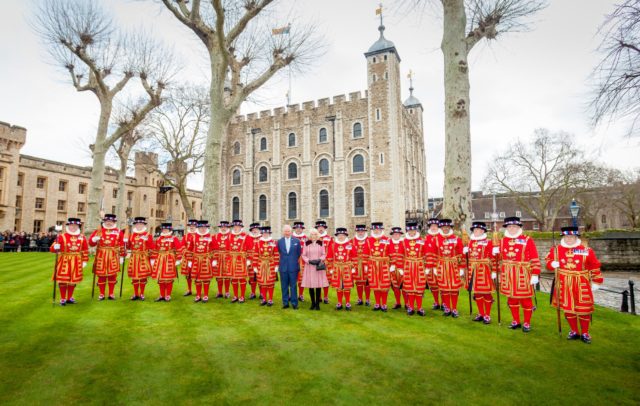

The tower faces another impressive construction. The Tower Bridge built 120 years ago to ease road traffic while maintaining river access to the busy Pool of London docks is without a question the prettiest of the city’s bridges.
Built with giant movable roadways that lift for passing ships, it is to this day considered an engineering marvel and beyond being one of London’s favorite icons, it is arguably one of the most famous and instantly recognizable structures in the entire world.
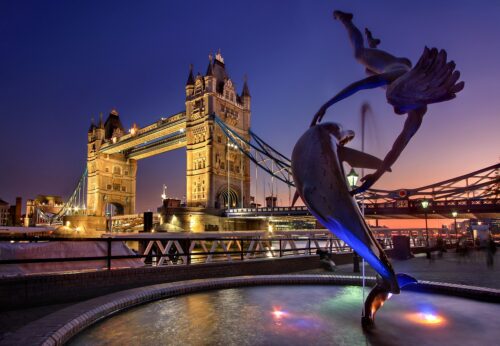
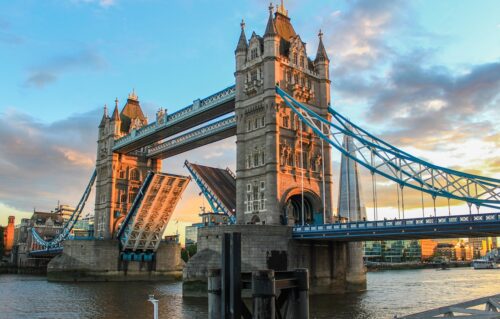
Since 1982, the Tower Bridge Exhibition has told the history of the bridge and why it came into existence through fascinating exhibition content. Visitors can also experience the exciting new glass floor and spectacular panoramic views from the high-level Walkways as well as the Victorian Engine Rooms, which house the beautiful steam engines that once powered the bridge lifts. This must-see attraction is the only way to explore the most famous bridge in the world! More
